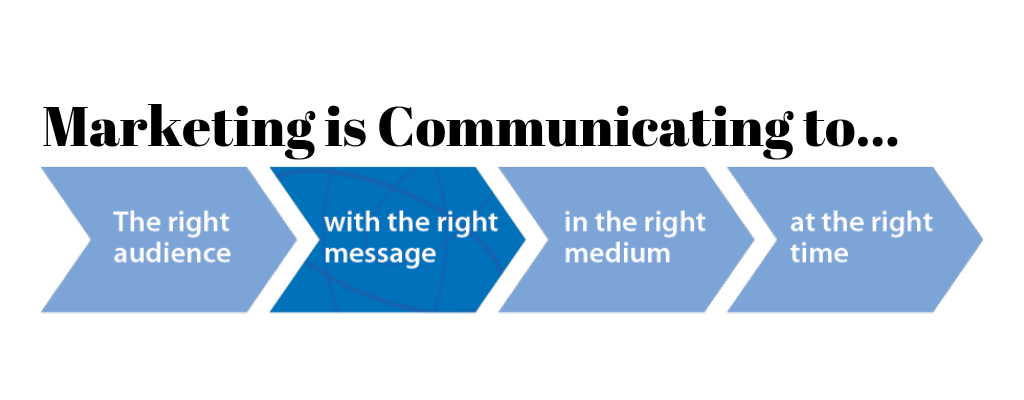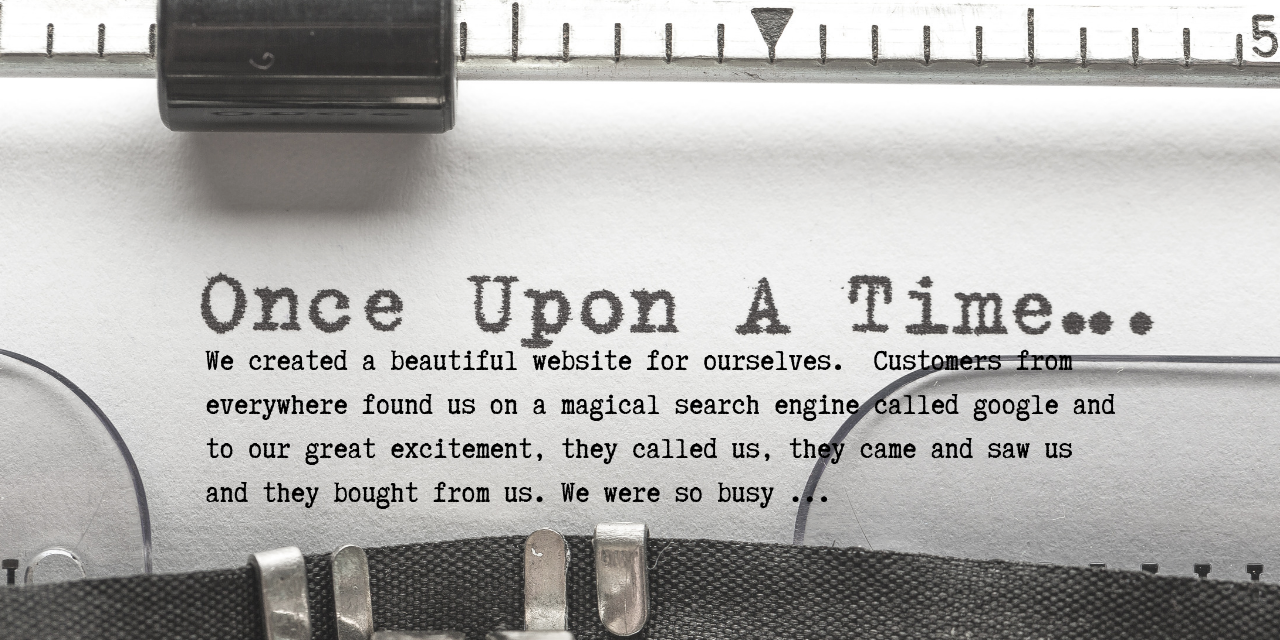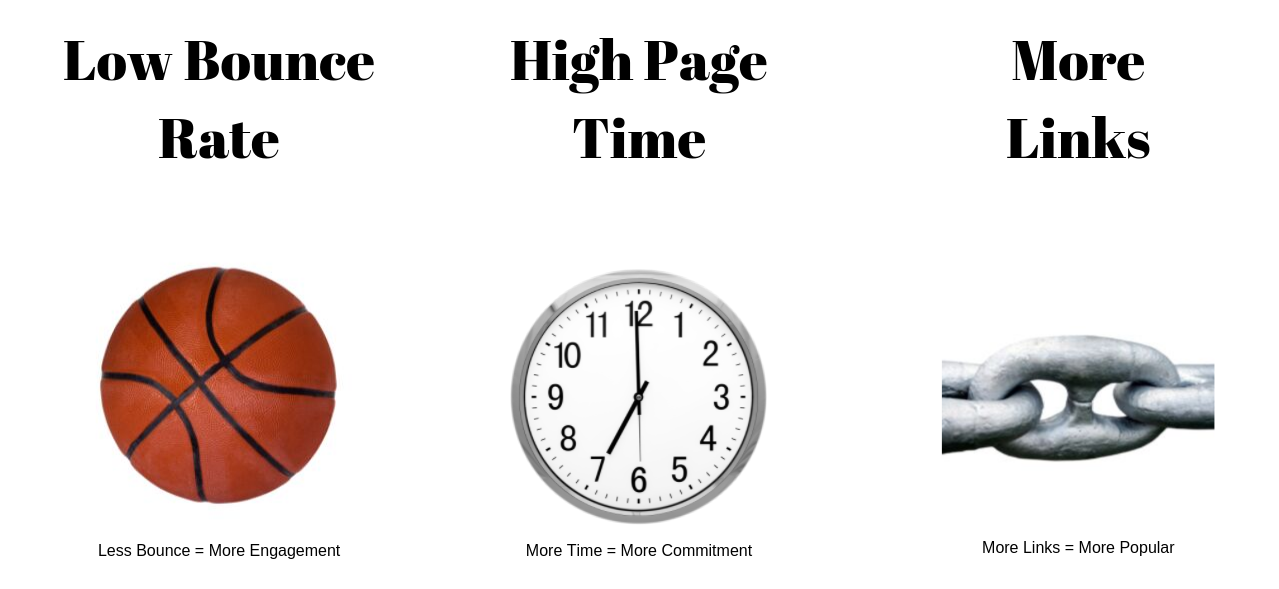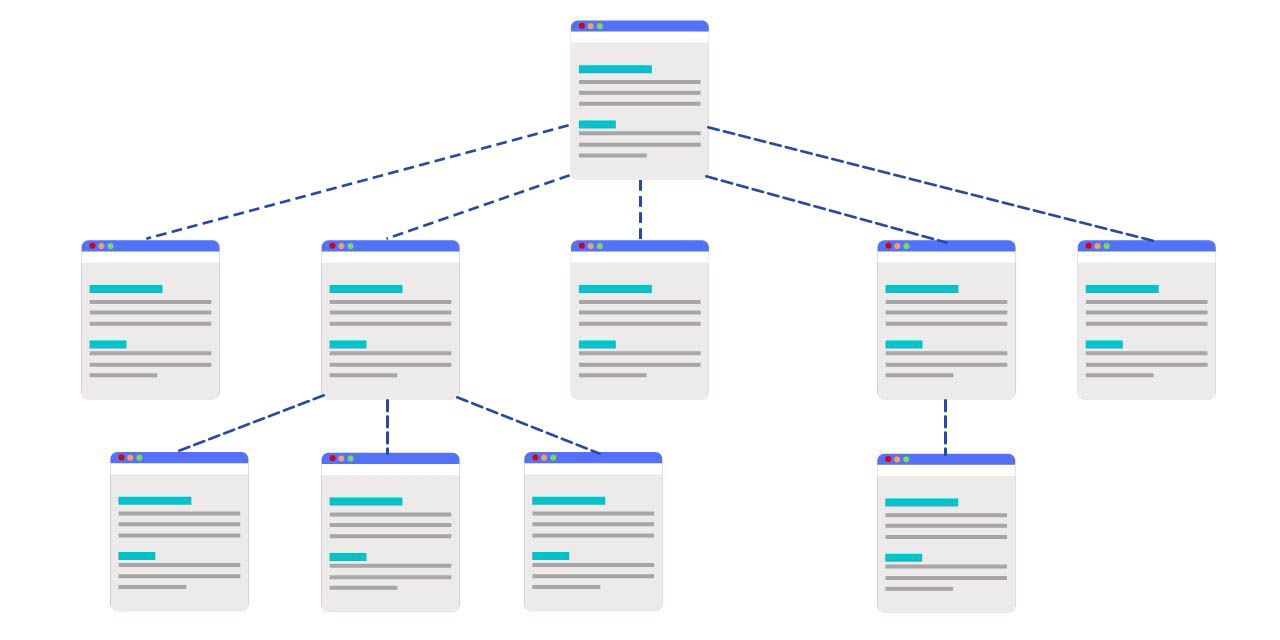SEO Proposal
THE TRUTH ABOUT HOW SEARCH ENGINE OPTIMISATION SHOULD BE DONE AND WHAT IT COSTS

Are you sick of empty promises that leave your bank account drained and disillusioned with smooth talking SEO sales guys. Then here is why being on Page One of Google is essential to your digital marketing strategy and the truth on how SEO should be done.
Firstly, a little bit about me.
My name is Dale Carter and I have been running a niche Digital Marketing company from Nedlands in Perth for 23 years with a team of dedicated staff. We have designed, coded, changed, marketed and promoted tens of thousands of web pages over the years across thousands of web sites.
The term Search Engine Optimisation or SEO has been relevant since the beginning of search sites like Yahoo and Google and later Bing. The only problem is that many businesses have been disappointed by not only a lack of results but the exorbitant fees charged by many for this lack of results.
So this does not happen to you again, this article explains why SEO is still relevant and a crucially important weapon as part of your digital marketing while informing you on what to ask for from agencies like ourselves to know that real and effective work is taking place on your web site.
Please read on to learn more...
But firstly we need to define what marketing is.

And because marketing is about getting the right message to the right person at the right time, it naturally follows that you need to be on page one.
Let me explain why this is so. Based on the definition of marketing we know these things ...
- The right person is searching for a solution you provide, and
- The right time is now, and
- You can be the one, getting the right message in front of the right person at the right time "IF" you are on page one.

Quick facts about people searching
- 94% of people only click first page results.
- Searchers will change search phrases if they do not see what they want on the first page.
- Over 50% of clicks go to the first three search results (Source: Search Engine Watch)
- Most business owners don't realise that there are hundreds of keyword phrase variation that can used to find you and bring in traffic

You Need a Knockout Strategy To Win More Clients
Your competition are desperate to snatch all the best customers away from you if they can. So you need to come out fighting by...
- Being more visible than your competition
- Being more memorable than your competition.
- Being more compelling than your competition: "Deliver The Right Message"

Step 1. Make Your Web Site Page So Helpful That It Converts Visitors into Buy Now Customers.
You need to understand that there is absolutely no point spending money on getting to page one of Google through SEO if the final destination does not excite customers enough to contact you.
Your website must be capable of generating leads and sales in order to benefit from SEO services. If it does not you do not yet have "the right message".
Some people are confused because they believe they don't get sales due to lack of traffic. But instead their web pages message sucks. You need to have proof that your site can convince a prospect to contact you before driving more traffic.
Questions To Ask Before Embarking on SEO
- Does your website have a positive history of enquiries, phone calls and sales already
- If Yes - Proceed
- If No - You need to upgrade your site or tactically try specific landing pages. Then you need to get quick traffic from a temporary adwords campaign to your new pages. This helps to determine what the right message needs to be to get a result for you. This can require some trial and error but once you find the right message you can be confident that your SEO investment will pay off.
So please do not start SEO until You KNOW you have the RIGHT MESSAGE to attract enquiries. This is something we can help you with. Contact us to discuss.

Step 2. Identify The Best Keywords To Target That Will Deliver Ready-To-Buy Customers.
Search Engine Optimisation is about being found on page one for the search phrases your customers are using. Specifically you want the phrases that lead to buying behaviour. The keyphrases to be identified will be ....
- Around Services You Provide
- Around Products You Sell
- Around Solutions You Deliver
- Around Problems Your Customers Want Solved
To repeat a point just made, the search phrases selected need to have "commercial intent". This means the search phrase is closely linked to delivering a sale.
If we were building a Google Adwords campaign we would want to make sure we identify time wasting and budget wasting keywords. Google Adwords calls these negative keywords. This is not an issue that needs too much thought for organic search engine optimisation.
The best way to to do Keyword Research is to start with common sense and list keyword phrases that are obvious., You can then use tools from google adwords and other commercial keyword research tools to help identify your primary keywords that will bring in your ideal ready to buy customer.

Step 3. Create Specific Content - "The Right Message" - For Each Core Key Phrase
Once you know what key phrases you want to target. The work of creating web pages containing those keyword phrases encapsulated within a compelling and enticing message is required. This is the art of creating "The Right Message"" for your ready to buy audience.
- Appear on your web page somewhere and usually several times
- Preferably appear in several prominent locations like headlines
- Have images named or tagged using these key-phrases
- Link out to similar topics or across to similar topics using those key-phrases
Note: Being listed does not mean you are on the first page. Being listed and found is a great result but there is something else that needs to be happening for you to experience the "Holy Grail" of page one traffic.
You need to be delivering the right message.
If Google Knows You Are Sending "The Right Message", They Will Rank You Higher. But How Do They Know?
Search Engines like Google can know because these three things happen on your page.

a) Your Web Pages Bounce Rate Will Be Lower Than Average For A Good Page
A bounce rate indicates whether users interact with your site by going to a second page within your site looking for more information.
An average industry bounce rate is 50% meaning half of the people only visit the one page they landed on before returning back to Google's search page.
- 80% Bounce Rate - Bad - Only 20% Interact further
- 50% Bounce Rate - Average
- 30% Bounce Rate - Excellent - 70% interact further.
Your bounce rate needs to be lower than your competition
A low bounce rate and high time on page means you are delivering "The Right Message". It means you have a web page for a keyword that is well laid out, interesting, informative, entertaining, or useful.
b) A Web Page Where Users Spend More Time Time On Site
Google supposes your web page is good if the users spend a longer time on your web page compared to competitors. Your page must be relevant to the searcher. However, if the time spent on your web page is short, then it is likely that the web page is a bad fit for the search term you were listed for. And it is likely your ranking (for that term" will drop.
So if users are spending time on the web page, then it is delivering "The Right Message".
c) Your Web Page Will Have More Links To It Than Competitors
The popularity of your content is also indicated by whether users link to it from their own web sites and social media accounts. If your web page popularity is deemed to be greater than a competitors then it gives you a much more likely chance of ranking well.
The act of someone linking or promoting your web page is an indication that you are delivering "The Right Message".
In Summary - Your Web Page Content Needs to Be Delivering THE RIGHT MESSAGE Which Is Reflected in a Low Bounce Rate, High Page Times and More Links. We Strive to Deliver Such Content.

Step 4. Build More Links to Your Web Pages Than Your Competition
When another web page or web site links to your web site, they are giving you a vote of confidence.
They are endorsingYOUR content.
A key ranking factor is who has the most endorsements around a particular topic. This is a strong measure of your content being good.
A link can come from your own web site (an internal link) or another web site (an external link) or a social media site (also an external link)
Here is an example of an external link: See Perth's Best Settlement Agent when transferring your property.
The art and science of encouraging other websites to link to you is a difficult, frustrating, and time consuming task for most. There are easy links to get through directories and hard links to get from other similar businesses and customers.
The hard links are the valuable ones as they are from websites deemed to be more trustworthy, or authoritative in their field. Their endorsement is worth more.
A big part of our SEO package involves ensuring your web pages are sufficiently cross linked with a good number of other quality business web sites within your industry and geographic area.

Step 5. Find A Company That Can Do This On A Massive Scale - Without the Smoke and Mirrors - Without Hiding What They Do - Without Lock-in Contracts.
So far we have not told you anything new that any other SEO company should not already be telling you.
However where GTP iCommerce differs is that we have the tools, methods and resources in place to do more of the SEO work required in less time.
This Means
- We create more content rich pages with targeted keyword specific terms
- We build more quality links faster
- We deliver more good content
Than any of our competitors can in the same time. And this translates into why we can confidently say
"We get results faster, for longer and for less"
Here's How We Get More Traffic Through Google Page 1 Results By Following The
THE "GTP" 10 STEP SEO DIGITAL MARKETING ACTION PLAN
First - An Overview Of What We Work On

We work on three key areas in a Search Engine Optimisation campaign
These are
- Content (On Page SEO),
- Technical Quality (Technical SEO) and
- Links from other websites to you (Off Page SEO).
Please, read on to understand our systemised process
Step 1. Take a Measure of Where You Are Ranking Now + Your Visitor Numbers and Numbers of Leads Generated.
In order to demonstrate that our service creates a massive impact for your business we start by measuring the key metrics that we want to influence.
This involves creating the following starting reports.
Ranking Report: We build a report of where you are ranking now for your targeted keyword phrases.
Traffic Report: We check google analytics to know how many visitors come to your site from your free listing area versus google adwords or social media sources (Facebook, Twitter, Instagram, Linkedin)
Enquiries Report: How many enquiries are you getting each month that are generated from your web site.
Link Report: How many links to your web site do you have.

Step 2. Competitor Analysis and Usability Review
Some of your competitors are outranking you, look better than you, convert more than you and are just doing things better than you are.
We need to work out what your competitors are doing well so we can leverage this knowledge for your benefit.
We also want to see if your competitors have already worked out what the right message is to attract clients and how they deliver that message. Subtle differences can make big impacts.
Competitors may have designed a better user experience through simpleness of their site or many other factors.
So in this step we look at the sites that rank better than you in your industry and identify what you can be doing different to better engage your audience.

Step 3. Technical SEO Audits
If your website code and technical setup is a mess, this will drag you down. Just like a heavy anchor tied around your waist.
We check/(audit) the technical behind-the-scenes stuff that impacts on your ability to rank well including
- Speed
- Code Quality
- Image Compression
- Image Types
- CSS errors
- JS Errors
- Too many plugins
- Conflicting plugins
- Slow Server
- Metatag errors and issues
- Code loops
- Mobile responsiveness
- Robots.txt settings
- Sitemap file issues
From here we can identify what needs to be improved to make the rest of the process easier.

Step 4. Technical SEO Fixes
We then get to work fixing these issues
- Fixing broken code
- Compressing images
- Fixing CSS and Javascript issues
- Removing unneeded plugins
- Upgrading insecure code
- Fixing google crawling issues
- Implementing webmaster tools
- Fixing existing meta data and getting correct
We are now ready to do the real SEO work.

Step 5. Core Keyword Research
By identifying your core services and products, secondary services and products, geographic areas that are most likely to deliver clients to you, problems your clients are looking to solve, we will generate a powerful list of target key-phrases to roll out through your SEO campaign.
For example a plumber will have tens of individual services from fixing leaky taps, to toilet replacement, bathroom renovations, industrial plumbing, dishwasher installation and so forth. Each keyword phrase will need to be mentioned and targeted (preferably in detail) to maximise the benefits of an SEO program.

Step 6. Content Creation
Google ranks individual web pages, not web sites. Google a specific product and google will list pages containing that product - not the home page of the site.
A web page about a specific topic will rank and be listed in google. Sometimes this is your home page and many times it is your services or products pages.
Content can be created around a keyword theme but not around all keywords. This means individual campaigns targeting different themes need to be carried out.
For example, content for a mobile mechanic would be best served writing content around mobile oil change services and sticking with that for one type of web page. Then another web page could focus on fan belt fixes. Another on radiator repair or brake checking and replacement.
Trying to cover all services on one single page will usually deliver poor results. It is better to have highly specific content on each subject matter across many web pages on your site.

Step 7. Internal Linking of Your New Content
If you are not prepared to link to your new content in your own website that neither will Google. Internally linking your web site content so that google can find it easily, crawl and index content is critical.
We work through a process to properly link all the newly created content effectively.

Step 8. Externally Linking to Your New Content
This is where our help really comes in handy. Getting your new web pages effectively linked from somebody else's web site back to yours is a critical part of the SEO process. We work to link you with relevant influential local business web sites that give google clear signals as to what your business is about and who it serves.

Step 9. Tracking the Results and Refining
Firstly we wait until google has indexed any new content or reindexed any changed content. Then we see where this content is ranking in the search results for its targeted key phrase.
If the ranking has come in at a reasonable level then we will focus more on building links to this page to give it added credibility in googles eyes. If the ranking is poor or non existent then a content review is potentially required.
Step 10 . Repeat The Process On A Different Keyword Set
Once results are being delivered for set of keywords, then the process can be repeated with a focus on a new set of keyword phrases.